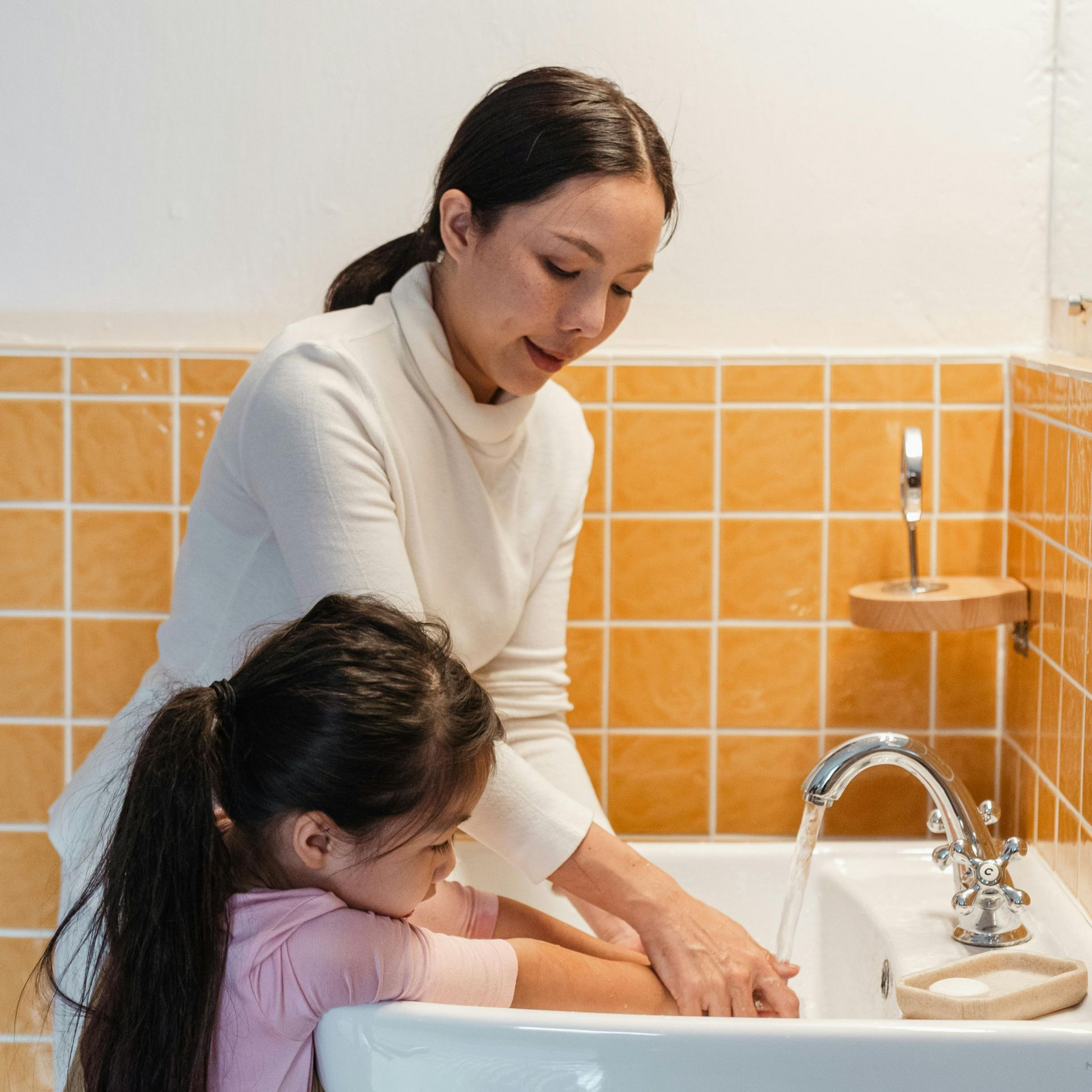Understanding the Difference Between Respite Care and ABA Therapy for Children on the Autism Spectrum (and Why Both Are Important!)
"Raising a child on the autism spectrum can be a journey filled with both unique challenges and extraordinary rewards. For parents, balancing the daily responsibilities of caring for a child with autism with the need for occasional rest can be a delicate dance. Two key resources that many families turn to are respite care and ABA (Applied Behavior Analysis) therapy. However, while both respite and ABA can offer support, they have different purposes and benefits. Let’s take a closer look at how these services differ and what each can provide for you and your child."
Respite Care: A Crucial Break for Caregivers
Respite care is a service primarily intended to provide a temporary break for caregivers, giving parents a chance to recharge, focus on other tasks, or simply rest. Respite care providers typically focus on ensuring your child’s safety and comfort, allowing parents a much-needed break without worrying about their child’s well-being.
The main purpose of respite care is not to teach or guide your child through structured learning. Rather, it is a way for parents to step away momentarily, knowing their child is in safe hands. Respite care is not therapy or intervention; it is simply a short-term caregiving solution designed to support the family as a whole.
ABA Therapy: A Path Toward Skill Development and Independence
ABA therapy, by contrast, is a structured, goal-oriented approach aimed at helping children on the autism spectrum develop specific skills, reduce challenging behaviors, and ultimately gain greater independence. ABA is designed to support areas such as communication, social skills, behavior management, and daily living skills through individualized, evidence-based strategies. Over time, progress is carefully tracked, allowing therapists to modify and adapt programs to meet each child’s evolving needs.
The ultimate goal of ABA therapy is to help a child build the skills needed for success and eventual "graduation" from therapy. This approach focuses on long-term growth rather than short-term relief, with therapists/clincal team, parents, and the child all actively engaged in the journey.
Why ABA Therapy is Not Childcare
One common misconception is that ABA therapy serves as a form of childcare. Although it may provide parents with time to focus on other tasks, ABA is not simply about supervision. Every ABA session has targeted goals and a structure that reflects the child’s needs. ABA therapy also requires parents to be involved, especially through parent training and implementation of strategies outside of therapy sessions. Parental engagement is essential in achieving sustainable, meaningful change, as the child’s progress is supported not only during therapy but also in their everyday environment.
ABA therapists work closely with families to empower them with skills that reinforce the child’s learning outside the sessions. When parents actively participate and incorporate strategies at home, it increases the likelihood of the child’s continued success and growth.
Clinic-Based ABA: A Controlled Setting for Learning Key Skills
In a clinic-based ABA setting, children have access to a controlled environment where they can focus on skill-building without the distractions or complexities of a home setting. Clinic-based ABA often emphasizes social skills and communication, as children have opportunities to interact with therapists and potentially other children in a structured way. This controlled environment allows therapists to tailor interactions and gradually introduce situations that target specific skills.
Benefits of clinic-based ABA include:
- Enhanced Focus: In a clinic, children are in an environment designed specifically for learning. The absence of household distractions can help children concentrate on tasks and make it easier for therapists to work on specific goals.
- Structured Social Interaction: Clinics may offer opportunities for social skills training with peers in a controlled setting, allowing children to develop key communication skills in a safe, supportive environment.
- Consistent Environment for Skill-Building: Clinic settings allow therapists to control the environment, making it easier to manage factors like lighting, noise, and other variables that can impact behavior.
Clinic-based ABA can help children build a foundation of skills in a structured environment, which can later be transferred to more complex settings, like home or community spaces, where they may encounter different challenges.
Home-Based ABA: Supporting Generalization and Community Skills
Home-based ABA offers another dimension of support that is particularly valuable once a child has made foundational progress in a clinic setting. Bringing ABA into the home allows the therapist to help the child generalize the skills they’ve learned, applying them across different contexts within their everyday environment. The benefits of home-based ABA include:
- Promoting Independence in Familiar Settings: In-home ABA sessions allow the therapist to work on skills that are specific to the child’s daily life, from self-care routines to effective communication with family members.
- Generalization of Skills: Generalization is a critical component of effective learning, especially for children with autism. Home-based ABA helps ensure that the skills learned in the clinic transfer to other settings, making the skills truly functional.
- Community Integration: In-home ABA can also extend into the community, where therapists might work on skills like safely crossing the street, grocery shopping, or interacting with peers in public spaces. Community support builds a child’s confidence and prepares them for greater independence.
- Parent Involvement on a Granular Level: One of the most significant benefits of in-home ABA is that it allows for real-time parent participation. Parents can observe the therapy sessions, learn strategies from the therapist, and reinforce these strategies in everyday interactions. This involvement is crucial for helping children generalize skills, as parents can carry over ABA techniques throughout the week.
Choosing the Right Setting for Your Child
Both clinic-based and home-based ABA have unique advantages, and the decision often depends on your child’s specific needs and therapy goals. Some children may start in a clinic setting to build a foundation of skills, transitioning to home-based services as they grow. Others may benefit from a combination of both settings. Your ABA team can help guide you in making the right choice for your child’s individual needs.
Funding Options and Balancing Support with Rest
ABA therapy and respite care both support families of children on the autism spectrum, yet funding these services can be challenging. ABA therapy is generally covered by insurance due to its proven effectiveness. However, funding for respite care is less common knowledge. Some states and organizations offer grants or Medicaid waivers to help with respite costs, especially for families with children who have developmental disabilities. Exploring these options can make respite care more accessible, providing parents with valuable rest while ensuring their child’s safety.
Balancing ABA therapy and respite care can empower families. Respite care gives parents a chance to recharge, while ABA therapy invests in the child’s growth with active participation from both therapists and parents. Understanding these resources helps families make choices that benefit both the child and the family as a whole.
For further information, consider exploring these resources:
- The Illinois Respite Coalition offers services, vouchers, referrals and support.
- Jewish Child and Family Services (JCFS) provides support and short-term relief for families caring for children with disabilities and special needs.
- Good Shepherd Center of Hazel Crest, Illinois, provides In-Home Respite and an extensive referral list.
- The Department of Human Services offers In-Home and Residential Respite services for children and adults.
- The Division of Rehabilitation Services offers Home Services and Respite.
- National Respite Network and Resource Center Registry Locator offers a directory to find those who provide respite services near you.
With the right knowledge and resources, you can provide the support your child needs while also ensuring you take the time to care for yourself. By making informed choices about services, you are setting the stage for a journey of growth, independence, and success for your child.
Accountability |
Integrity |
Empathy |
Collaboration










